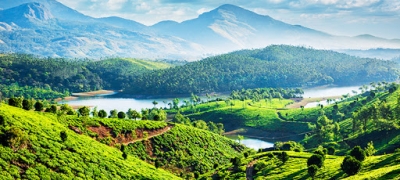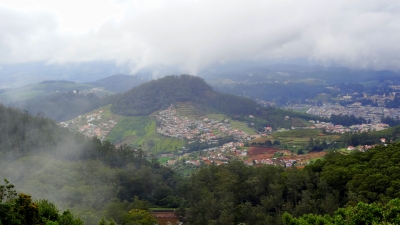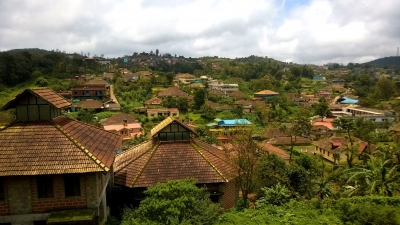
It is a complex of dolomite caves in South Africa where fossils of early plants, animals and hominids have been found. Read on to know more about the caves where human life originated
About 50 km from Johannesburg in South Africa lies a complex of dolomite caves from where the fossilised remains of a number of early plants, animals and hominids have been found. The cluster of about three dozen caves, of which the Sterkfontein caves are the most famous, are together named the ‘Cradle of Humankind’. They boast over 850 hominid fossils, one of the world’s richest and oldest concentrations of such remains. The site was declared a World Heritage Site in 1999.
The caves offer a window to the past, throwing light on how our ancestors evolved. In 1947, paleontologist Robert Broom found an almost complete skull of a female Australopithecus Africanus, nicknamed ‘Mrs Ples’, dating back 2.8 million years, at Sterkfontein.
More recently in 1997, Ronald Clarke discovered ‘Little Foot, an almost complete hominin skeleton, estimated to be about 3.5 million years old.
Sustained excavation activities since 1966 have so far yielded an impressive 500 hominid specimens from the caves. The hominid remains corroborated the scientific view that the first humans lived in Africa. The fossil evidence has led scientists to believe that early human lineage separated from the apes in Africa about 5-6 million years ago.
The fossil remains from Broom’s excavations are housed in the Transvaal Museum in Pretoria while the finds from 1966 onwards are housed at the University of Witwatersrand, Johannesburg.
Picture Credit : Google





